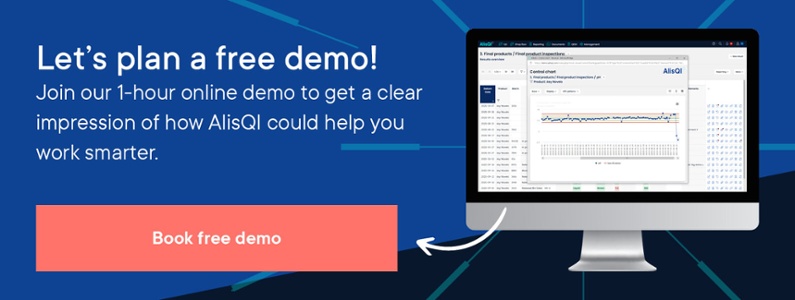How much time do we waste searching for content and data before we get on with the real job of using it? The only true answer to that question is: ‘Much more than we think.’
The trouble is, we all get incredibly fast and adept at working with legacy systems and fragmented content. But this virtuosity is dangerous because it blinds us to the fact that whichever way you look it at, we’re actually doing very little. When we’re going from system to system to collect data, wading through duplicates or subtly different versions of the same document, or opening manuals that don’t seem up to date (so we have to check), we are contributing 0% to the productivity of our business.
McKinsey looked into this. Even if you take its findings with a pinch of salt, they are still very startling. “Employees spend 1.8 hours every day — 9.3 hours per week, on average — searching and gathering information,” McKinsey reports. “Put another way, businesses hire five employees but only four show up to work; the fifth is off searching for answers, but not contributing any value.”
But this study is from 2012. Hasn’t technology moved on since then? It has, but probably not always in the right direction. Since 2012, we have all accreted more systems, more functionalities and so much content we are running out of Greek words to quantify it.
Get out of the quality data labyrinth
Solving the quality data, manufacturing companies that implement a Quality Management solution that platforms all action and data in one central place always find that they are savings many hours just on the accessibility of data. The satisfaction of quality stakeholders is usually mixed with shock as they realize just how much time and effort they were wasting on routine tasks.

Like McKinsey, we put a number on this. From our experience of working with a wide range of small and very large Fortune 500 companies, we arrived at a sketch of the ‘average’ manufacturer. Such a manufacturer has 500 controlled documents, processes 300 QESH registrations a year, schedules 100 QC inspections a week, and generates 10 Certificates of Analysis every week. We estimate that just on document accessibility alone, this manufacturing business would save 1,042 man hours a year.
That is almost a year’s work for one of your employees. Manufacturers do not look at this as a way of reducing the workforce but of using their human resources more intelligently and inventively, raising the overall quality standards.
The other benefits of data transparency
In an integrated quality management platform, the data is not only more accessible, but it also works harder and does more, sometimes in unexpected ways.
Some manufacturers are still relying (partly) on Excel to track their QC, which means in practice that they are only monitoring certain products, and imperfectly at that. A quality management solution can dashboard the performance of many hundreds of products or product variations, and analyze them continuously and in real time.
Quality Intelligence is about containing failure. No matter how mature your Quality Management processes, there will always be errors. But with automated data trails for all batches, every deviation, and the actions taken, you can respond quickly and meaningfully to any customer complaints. This strengthens the confidence in you and in your brand.
There is also something that we might call data ‘cross-fertilization’. This is how one quality manager put it: “You can make beautiful cross-links. Every auditor who comes along naturally wants to look through the organization in his or her own way. So an ISO auditor wants to see everything in ISO, but an auditor for another certification wants to see other things. In the past, the auditors could not differentiate the data clearly and asked: ‘Yes, but which part is specific to element B of this certification?’ Now we have our integrated Quality Management tool, I can just say: ‘This is number B. And those are the same documents that are also in the system for ISO’.”
Accessible data also means data more readily available to customers and suppliers, creating a quality ecosystem where complaints resolution is much less time-consuming and supply chains more reliable.
The difference between leveraging data and being overwhelmed by Big Data is content integration. We are often told that data is now a commodity as valuable as gold or oil. But just as gold has to be extracted before it is a wedding ring, and oil needs to be refined before it fuels our cars, data has to be mined and processed too.
From data oversight to data insight: this should what a quality management solution ought to deliver.
We would love to show you how your factory can benefit from using our software. Do you want to see our product in action and better understand how it simplifies your work?



